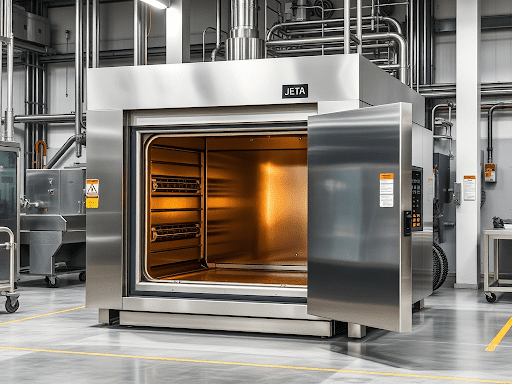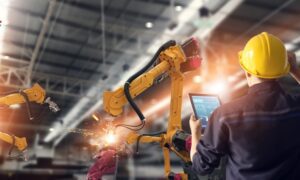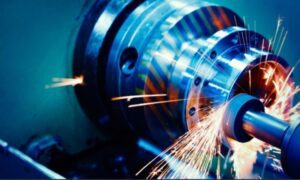Industrial ovens are central to many manufacturing operations, used for heat treatment, curing, drying, and testing across a wide range of materials. The way these ovens are loaded can have a significant impact on efficiency, safety, and product quality. While some setups prioritise accessibility, others focus on speed or precision. A front loading oven is often chosen for its ease of use and versatility, providing manufacturers with a reliable solution that supports consistent, high-quality results.
Choosing the right loading design depends on the nature of the materials, the available space, and the frequency of operation. Understanding how each configuration affects workflow can help businesses select equipment that fits both their production and ergonomic requirements.
Balancing Accessibility and Space Efficiency
Front loading designs are among the most common in industrial heating because they allow direct access to the chamber without requiring additional overhead clearance. This makes them ideal for facilities where space is limited or where materials are handled manually. Operators can load and unload quickly at floor level, reducing lifting strain and improving safety.
The design also supports automation. Many front loading ovens can be integrated with conveyor systems, robotic arms, or carts, making them suitable for high-volume operations. This compatibility not only speeds up production but also reduces the potential for handling errors or product damage.
When Top Loading Designs Make Sense
Although front loading systems are widely used, top loading ovens are better suited to certain applications. They are particularly effective for heavy or bulky components that need to be lowered into the heating chamber rather than pushed horizontally. This can prevent surface damage and allow for more even heat distribution.
In some cases, top loading configurations also offer superior thermal efficiency, as heat rises naturally and can be retained more effectively when the door opens vertically. The decision between the two designs often comes down to the type of product being processed and how it interacts with the environment within the oven.
Workflow Considerations and Ergonomics
When evaluating oven design, ergonomics and workflow should be central factors. Front loading ovens are easier to position in a production line, allowing operators to maintain a smooth, linear process from one stage to the next. This layout reduces unnecessary movement and helps keep the workspace organised.
For manual operations, a front loading design allows for faster loading and unloading, particularly when multiple small batches are processed throughout the day. In contrast, top loading systems may require additional lifting equipment or vertical space, which could slow down cycle times if not planned correctly.
Optimising Performance for Long-Term Use
Regardless of loading design, the long-term performance of an industrial oven depends on proper installation, maintenance, and calibration. Regular temperature testing, seal inspection, and cleaning ensure consistent operation and energy efficiency.
Manufacturers who carefully match their oven type to their process requirements often see significant gains in throughput and reliability. The choice between front and top loading is not simply about preference—it’s about aligning technology with production goals to achieve smoother workflows and better-quality outcomes.



































